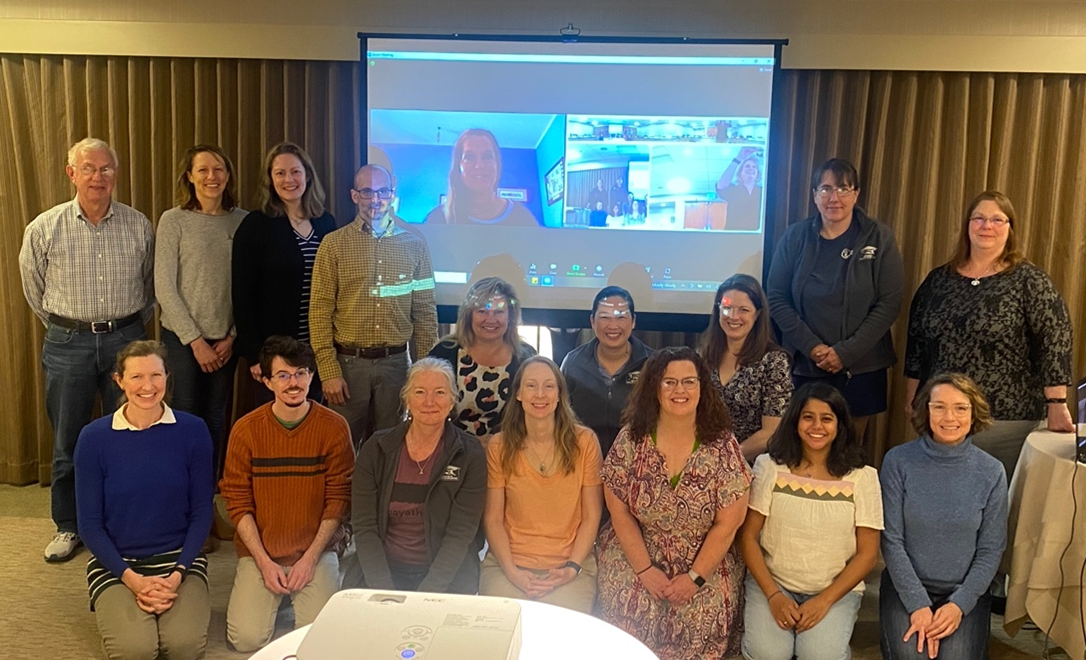The History of
ASV Guidelines for Standards of Care in Animal Shelters:
WHAT ARE THE GUIDELINES?
The Guidelines for Standards of Care in Animal Shelters were originally released in 2010 to provide a trustworthy resource for the housing, husbandry, medical, and behavioral care of animals living in animal shelters. Rather than being prescriptive or operational, the recommendations focused on meeting the animals’ needs while recognizing that there were many ways in which to do this. The Guidelines offered evidence-based support to those caring for animals in shelters, rescues, fosters, sanctuaries, and other population settings.
The Guidelines are intended to provide:
- a set of common standards for the care and welfare of companion animals in shelters based on scientific evidence and expert consensus
- guidance that helps animal welfare organizations reduce overcrowding, stress, disease, and improve safety
- a tool for animal welfare organizations and communities to assess and improve their shelters
- references for creating regulations and statutes around sheltering, and benchmarks for organizational change
- guidance for animal housing in existing facilities and priorities for the design of new construction
- a living document that responds to developments in shelter medicine and animal care research and practice
WHY WERE THE GUIDELINES WRITTEN?
The authors of the first edition convened as a task force in 2008, recognizing the critical need for a resource of this type to assist shelters as they work to improve the health and welfare of animals in their care. Many of the original authors had witnessed situations first hand where shelter animals were living in deplorable conditions in part because there was no central source of guidance for shelter professionals.
The authors also recognized the need for this information to be relevant, accessible, and without judgment for anyone doing their best to provide for the welfare of animals in their care. The Guidelines are written for shelter personnel in any role and for organizations of any size, type, location, or level of resources.
WHAT’S NEW IN THE SECOND EDITION?
The second edition of the Guidelines, published in December 2022, incorporates subsequent research, practical experience, and subject matter expertise to reflect advances in shelter medicine knowledge. The following are major changes between the two editions:
- A shift in framework from the Five Freedoms to the Five Domains, recognizing the need to promote positive experiences for shelter animals, in addition to avoiding negative ones.
- The vital role that our communities play in keeping pets out of shelters, through pet retention efforts, removing barriers to reunification and adoption, the role of foster caregivers, and more.
- Advancements in the recommendations for assessment of shelter animal behavior, including less reliance on formal behavior evaluations and a new subsection on risk assessment.
- An emphasis on shelters as healthy and supportive places for people as well as animals.
- Two new sections, Forensics & Disaster Response, reflecting the importance of these components of the work of animal shelters.
WHO WROTE THE GUIDELINES?
The authors of both the original Guidelines and the second edition are all shelter veterinarians active within the ASV community who are deeply passionate about supporting shelter animals and the people who care for them. The authors represent different areas of expertise, geographical locations, and current or previous roles in a variety of shelter types.
Authors of the Original Guidelines

Authors of the 2nd Edition

Standing: Drs. Lila Miller, Julie D. Dinnage, Natalie Isaza, Sandra Newbury, Brenda Griffin, Mary K. Blinn, Martha Smith-Blackmore, Jeanette O’Quin, Cynthia Barker Cox
Kneeling: Drs. Miranda Spindel, Wes Jones
Not pictured: Drs. Philip A. Bushby, Kate F. Hurley, Gary J. Patronek
Top row: Drs. Phillip Bushby, Staci Cannon, Elise Gingrich, Brian DiGangi, Miranda Spindel (on screen), Martha Smith-Blackmore
(kneeling), Cristie Kamiya, Erin Doyle, Nancy Bradley-Siemens, Jeanette O'Quin
Bottom row: Drs. Lena DeTar, Uri Donnett, Elizabeth Berliner, Lucy Fuller, Sheila Segurson, Chumkee Aziz, Cindy Karsten
Not pictured: Drs. Stephanie Janeczko, Brenda Griffin
|